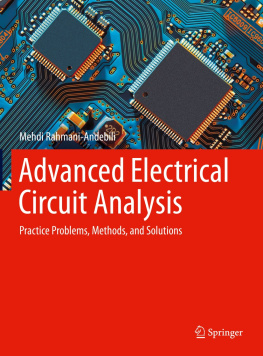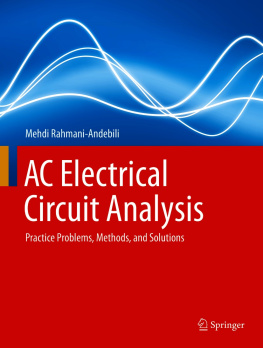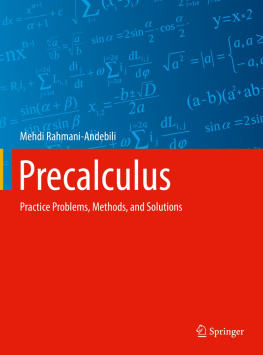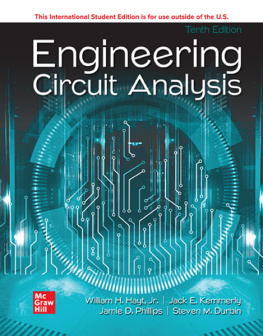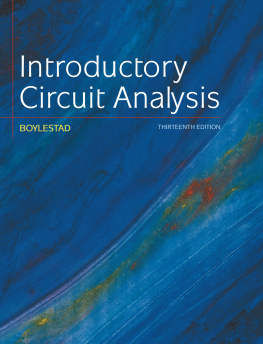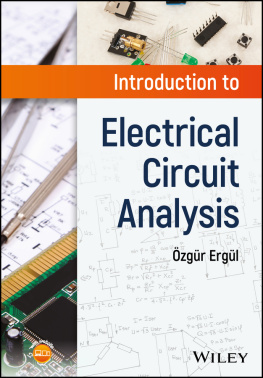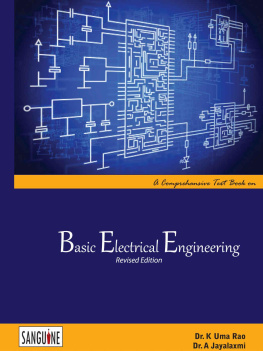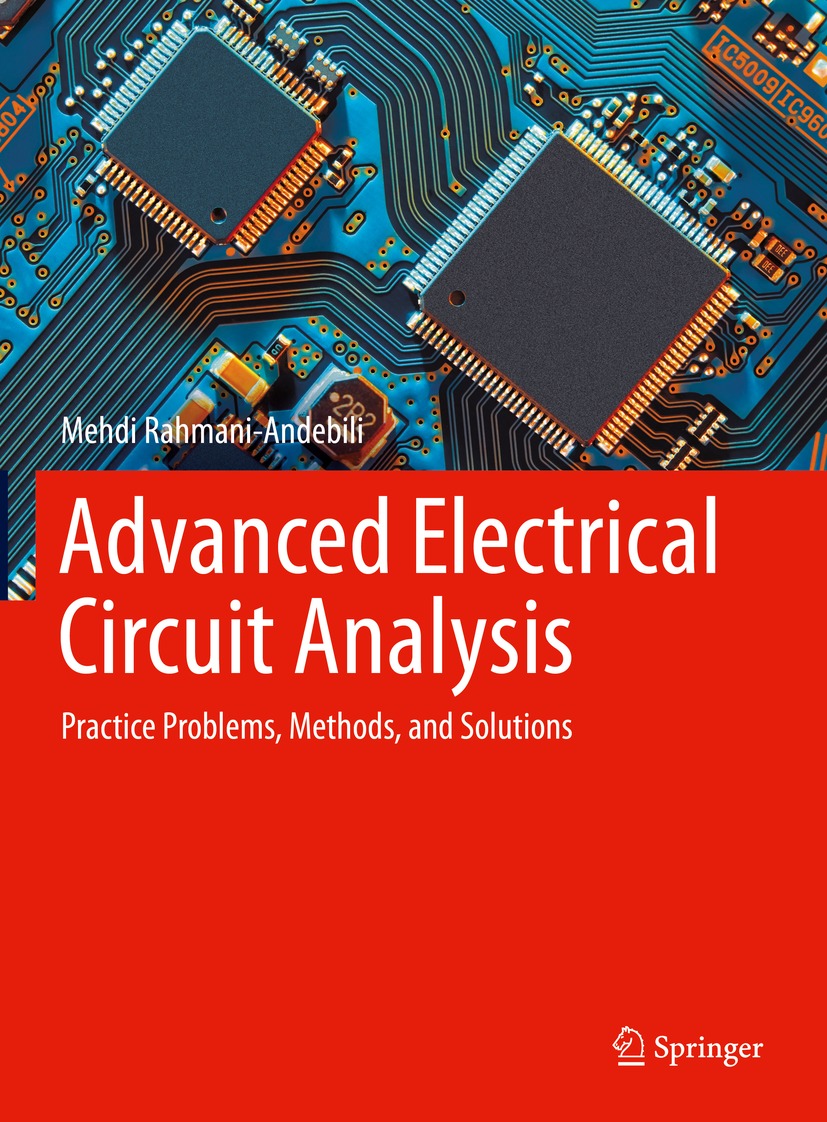Mehdi Rahmani-Andebili
Engineering Technology, State University of New York, Buffalo, NY, USA
ISBN 978-3-030-78539-0 e-ISBN 978-3-030-78540-6
https://doi.org/10.1007/978-3-030-78540-6
The Editor(s) (if applicable) and The Author(s), under exclusive license to Springer Nature Switzerland AG 2022
This work is subject to copyright. All rights are solely and exclusively licensed by the Publisher, whether the whole or part of the material is concerned, specifically the rights of translation, reprinting, reuse of illustrations, recitation, broadcasting, reproduction on microfilms or in any other physical way, and transmission or information storage and retrieval, electronic adaptation, computer software, or by similar or dissimilar methodology now known or hereafter developed.
The use of general descriptive names, registered names, trademarks, service marks, etc. in this publication does not imply, even in the absence of a specific statement, that such names are exempt from the relevant protective laws and regulations and therefore free for general use.
The publisher, the authors and the editors are safe to assume that the advice and information in this book are believed to be true and accurate at the date of publication. Neither the publisher nor the authors or the editors give a warranty, expressed or implied, with respect to the material contained herein or for any errors or omissions that may have been made. The publisher remains neutral with regard to jurisdictional claims in published maps and institutional affiliations.
This Springer imprint is published by the registered company Springer Nature Switzerland AG
The registered company address is: Gewerbestrasse 11, 6330 Cham, Switzerland
Preface
Electrical circuit analysis is one of the most fundamental subjects of electrical engineering major. This textbook includes the advanced subjects of electrical circuit analysis that have not been covered in the previously published textbooks, that is, DC Electrical Circuit Analysis and AC Electrical Circuit Analysis. The subjects include state equations of electrical circuits, Laplace transform and network function, natural frequencies of electrical circuits, network theorems (Tellegens and linear time-invariant network theorems), and two-port networks.
Like the previously published textbooks, this textbook includes very detailed and multiple methods of problem solutions. It can be used as a practicing textbook by students and as a supplementary teaching source by instructors.
To help students study the textbook in the most efficient way, the exercises have been categorized in nine different levels. In this regard, for each problem of the textbook, a difficulty level (easy, normal, or hard) and a calculation amount (small, normal, or large) have been assigned. Moreover, in each chapter, problems have been ordered from the easiest problem with the smallest calculations to the most difficult problem with the largest calculations. Therefore, students are advised to study the textbook from the easiest problems and continue practicing till they reach the normal and then the hardest ones. On the other hand, this classification can help instructors choose their desirable problems to conduct a quiz or a test. Moreover, the classification of computation amount can help students manage their time during future exams and instructors give the appropriate problems based on the exam duration.
Since the problems have very detailed solutions and some of them include multiple methods of solution, the textbook can be useful for the under-prepared students. In addition, the textbook is beneficial for knowledgeable students because it includes advanced exercises.
In the preparation of problem solutions, an attempt has been made to use typical methods of electrical circuit analysis to present the textbook as an instructor-recommended one. In other words, the heuristic methods of problem solution have never been used as the first method of problem solution. By considering this key point, the textbook will be in the direction of instructors lectures, and the instructors will not see any untaught problem solutions in their students answer sheets.
The Iranian University Entrance Exam for the masters and PhD degrees of electrical engineering major is the main reference of the textbook; however, all the problem solutions have been provided by me. The Iranian University Entrance Exam is one of the most competitive university entrance exams in the world that allows only 10% of the applicants to get into prestigious and tuition-free Iranian universities.
Mehdi Rahmani-Andebili
Buffalo, NY, USA
About the Author
Mehdi Rahmani-Andebili
is an assistant professor in the Department of Engineering Technology at State University of New York, Buffalo State. He received his first M.Sc. and Ph.D. degrees in electrical engineering (power system) from Tarbiat Modares University and Clemson University in 2011 and 2016, respectively, and his second M.Sc. degree in physics and astronomy from the University of Alabama in Huntsville in 2019. Moreover, he was a postdoctoral fellow at Sharif University of Technology during 20162017. As a professor, he has taught many courses such as Essentials of Electrical Engineering Technology, Electrical Circuits Analysis I, Electrical Circuits Analysis II, Electrical Circuits and Devices, Industrial Electronics, and Renewable Distributed Generation and Storage. Dr. Rahmani-Andebili has more than hundred single-author publications including textbooks, books, book chapters, journal papers, and conference papers. His research areas include smart grid, power system operation and planning, integration of renewables and energy storages into power system, energy scheduling and demand-side management, plug-in electric vehicles, distributed generation, and advanced optimization techniques in power system studies.

